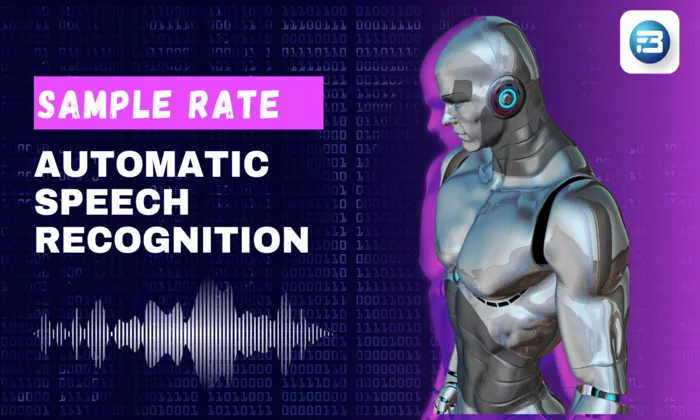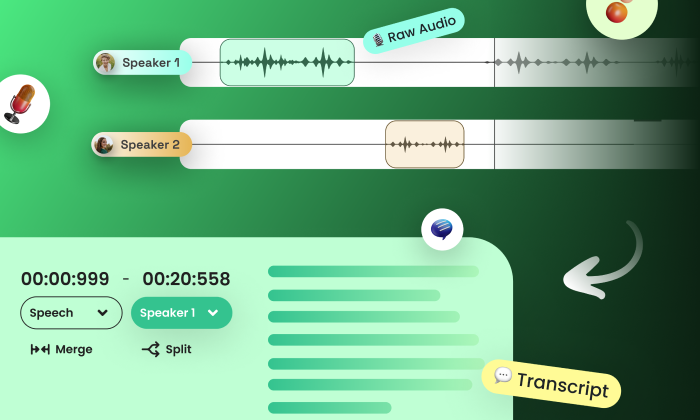How do in-car acoustics affect the quality of speech data collected?
In-Car Audio
Speech Recognition
Data Quality
In the world of artificial intelligence, especially within automotive applications, the quality of speech data collected inside vehicles is crucial for developing effective voice-activated systems. Understanding the impact of in-car acoustics on speech data quality is essential for AI engineers, researchers, and product managers aiming to design high-performing AI models. The distinct acoustic environment inside a vehicle presents unique challenges that can significantly influence the performance of speech recognition systems.
Understanding In-Car Acoustic Environments
Vehicles create a unique acoustic landscape that is markedly different from traditional environments like homes or studios. Various factors contribute to this complexity:
- Engine Noise: Different engine types (electric vs. combustion) and speeds produce varied sound profiles.
- Road Conditions: Urban, highway, and rural conditions introduce unique auditory elements, such as tire noise and wind resistance.
- Cabin Design: The size and configuration of a vehicle's interior affect sound wave travel, impacting both direct and reflected sounds.
Why Acoustic Quality Matters
The quality of speech data collected inside vehicles directly impacts the performance of Automatic Speech Recognition (ASR) systems. Poor acoustics can lead to:
- Higher Word Error Rate (WER): Background noise and distortion can cause misinterpretation of commands, increasing error rates.
- Data Bias: If speech datasets lack acoustic diversity, models may struggle in real-world scenarios, such as noisy traffic.
- User Satisfaction: Inaccurate voice recognition can frustrate users, reducing trust in voice-activated systems.
Collecting High-Quality In-Car Speech Data
To tackle the challenges of in-car acoustics, a robust data collection methodology is crucial. FutureBeeAI emphasizes using comprehensive in-car speech datasets gathered under various conditions to ensure acoustic diversity. Key strategies include:
- Real Driving Conditions: Gathering samples from diverse driving environments, urban, highway, and rural captures a broad spectrum of background noises.
- Diverse Speaker Profiles: Including multiple demographics (age, gender, accents) makes the dataset applicable to varied user groups.
- Variable Acoustic Settings: Recording with windows open/closed, air conditioning on/off, and in the presence of background music or passenger conversations ensures the dataset reflects real-world scenarios.
Real-World Applications & Use Cases
These datasets have a direct impact on the development of AI models across several applications:
- Voice-Enabled Infotainment Systems: Automotive brands use diverse in-car speech datasets to create systems that accurately understand commands, even amidst engine and road noise.
- Emotion-Aware AI: Emotion detection models benefit from datasets that capture spontaneous speech, reflecting real user emotions in dynamic environments.
- Driver Assistance Technologies: Accurate speech recognition is crucial for hands-free navigation and vehicle control, making in-car data essential for reducing driver distraction.
Ensuring Quality and Relevance
To maximize the effectiveness of in-car speech datasets, teams should follow best practices to enhance annotation accuracy and dataset reliability:
- Comprehensive Metadata Tagging: Detailed metadata (e.g., speaker role, mic position, noise levels) allows precise filtering and analysis during model training.
- Continuous Evaluation: Regularly assessing model performance against metrics like WER and intent detection accuracy helps identify areas for improvement.
- Tailored Dataset Customization: Developing custom datasets aligned with specific use cases or vehicle models ensures AI systems are trained on the most relevant data.
Emerging Trends and Innovations
As technology evolves, in-car speech datasets will adapt to support new features in automotive AI. Anticipated trends include:
- Multi-Agent AI Systems: Integrating multiple conversational agents that interact with each other and the user for a more seamless experience.
- Federated Learning: Utilizing real-time data feedback to continuously improve models while respecting privacy.
- Multi-Modal Fusion: Combining speech data with other modalities like visual inputs for a richer understanding of user intent.
By embracing these innovations and understanding the complexities of in-car acoustics, AI developers can refine their speech recognition systems, leading to enhanced user experiences and improved model performance.
Conclusion
In-car speech datasets are essential for crafting high-performing AI systems capable of understanding and responding to commands in automotive environments. By recognizing and addressing the acoustic challenges, organizations can develop more reliable and context-aware voice recognition systems.
For teams looking to harness the power of high-quality speech data, FutureBeeAI offers a range of ready-to-use and custom datasets tailored to meet specific automotive needs. Investing in quality data today ensures a smarter, more scalable AI solution for tomorrow.
What Else Do People Ask?
Related AI Articles
Browse Matching Datasets
Acquiring high-quality AI datasets has never been easier!!!
Get in touch with our AI data expert now!








